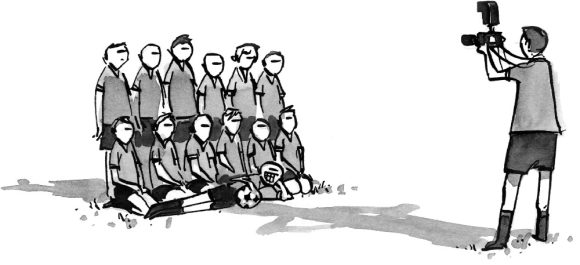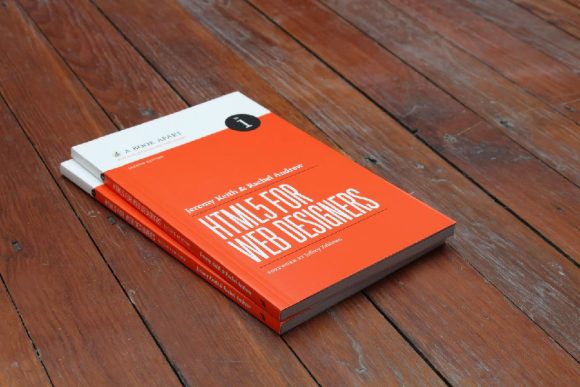Go, Ari.
In December, he [Ari Ne’eman] was nominated by President Obama to the National Council on Disability (NCD), a panel that advises the President and Congress on ways of reforming health care, schools, support services and employment policy to make society more equitable for people with all forms of disability.
And Ari’s open call to those of us who work in technology:
If we put one-tenth of the money currently spent on looking for causes and cures into developing technologies that enable autistic people with speech challenges to communicate more easily — so-called augmentative and alternative communication [AAC] — we’d have a vast improvement in the quality of life for autistic people and their family members.
First Autistic Presidential Appointee Speaks Out
wired.com



